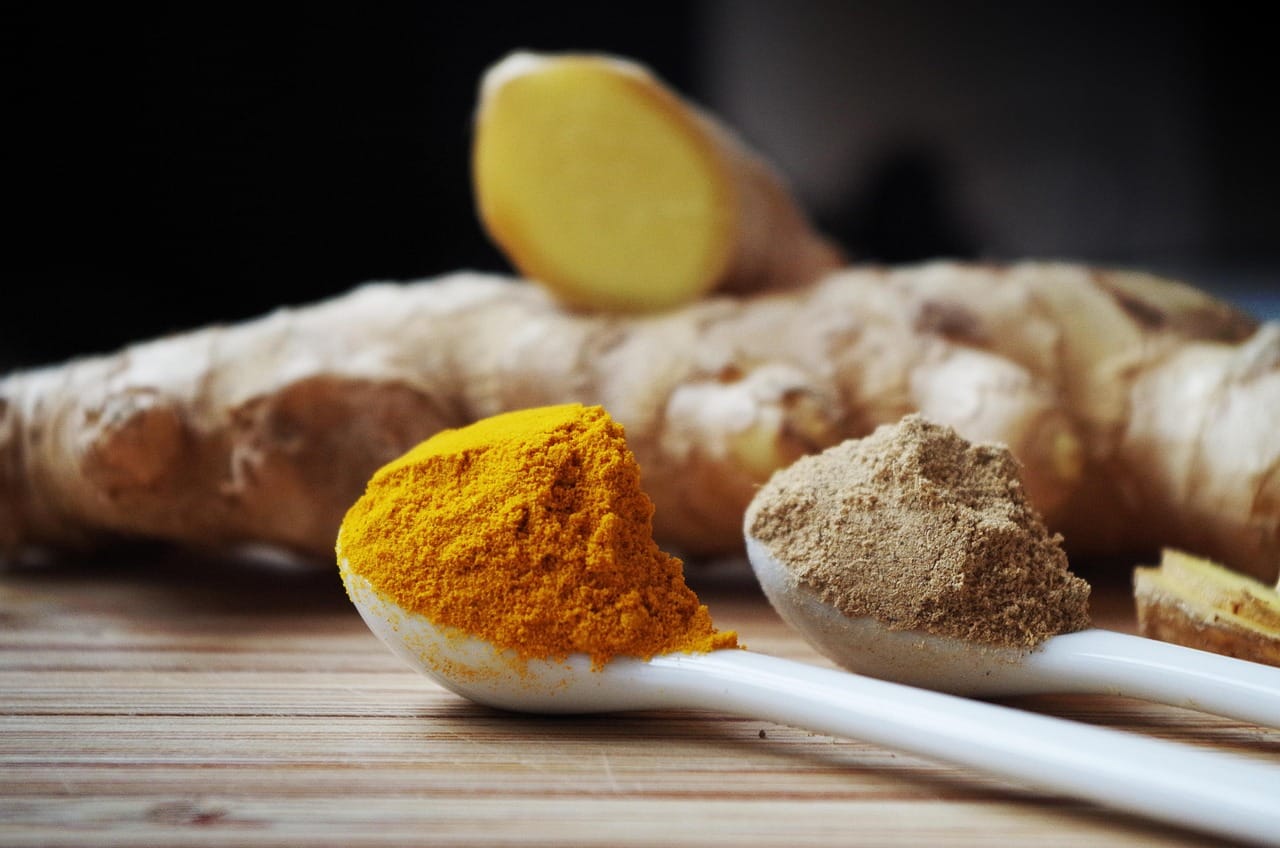Samosas, those golden-brown, triangular pockets of savory goodness, are a beloved snack enjoyed across cultures and continents. From the bustling streets of Mumbai to the cozy cafes of London, the samosa reigns supreme as a perfect anytime treat. But what makes these crispy delights so irresistible? Let’s dive into the fascinating world of samosas, exploring their history, variations, and the secrets to making them perfectly at home.
A Bite of History: Tracing the Samosa’s Origins
From the Middle East to India: A Culinary Journey
The samosa’s story begins far from the Indian subcontinent. Evidence suggests its origins lie in the Middle East, where a similar pastry called “sambosa” was enjoyed centuries ago. Traders and travelers carried this culinary gem along the Silk Road, eventually introducing it to India. Over time, local ingredients and flavors transformed the sambosa into the samosa we know and love today.
- The word “samosa” is believed to be derived from the Persian word “sambosa.”
- Historical accounts suggest samosas were a common snack in royal courts as early as the 10th century.
- Variations of the samosa exist throughout Central Asia and the Middle East, each with its unique twist.
Regional Variations: A Samosa for Every Palate
India’s diverse culinary landscape has given rise to numerous samosa variations, each reflecting regional tastes and ingredients.
- Punjabi Samosa: Characterized by its flaky crust and potato-and-pea filling, often spiced with garam masala and ginger. This is perhaps the most widely recognized type.
- Bengali Samosa (Shingara): Smaller and sweeter, often filled with potatoes, cauliflower, and peanuts, and sometimes even a touch of sugar.
- South Indian Samosa: Typically features a spicier filling with curry leaves, mustard seeds, and lentils. Some even include meat.
- Keema Samosa: Filled with minced meat (usually lamb or beef), onions, and spices.
The Anatomy of a Perfect Samosa: Ingredients and Techniques
The Dough: Crispy vs. Flaky
The foundation of a good samosa is its dough. Two primary types are commonly used:
- Crispy Dough: Made with all-purpose flour, ghee (clarified butter) or oil, and water. It’s known for its blistered, crunchy texture. A key is to ensure the ghee/oil is well incorporated before adding water.
- Flaky Dough: Achieved by layering butter or ghee into the dough during the rolling process, similar to making puff pastry. This results in a lighter, more delicate samosa.
The Filling: A Symphony of Flavors
The filling is where the real magic happens! The possibilities are endless, but some classic combinations include:
- Potatoes and Peas: The quintessential samosa filling. Boiled potatoes are mashed and seasoned with spices like cumin, coriander, turmeric, and chili powder. Peas add a touch of sweetness and texture.
- Lentils: A protein-rich alternative, often used in South Indian samosas.
- Meat (Keema): Minced meat is cooked with onions, ginger, garlic, and a blend of aromatic spices.
- Vegetables: Cauliflower, carrots, spinach, and other vegetables can be incorporated for a healthier twist.
- Cheese: A more modern variation, often featuring paneer (Indian cheese) or even cheddar.
The Art of Folding: Achieving the Perfect Triangle
Folding the samosa into its signature triangular shape requires a bit of practice.
- Traditional Triangle: Roll the dough into a circle, cut it in half, form each half into a cone, fill with the mixture, and seal the edges.
- Alternative Shapes: While the triangle is iconic, samosas can also be folded into squares or even half-moons.
- Sealing is Key: Ensure the edges are tightly sealed to prevent the filling from leaking out during frying. Use a little water or a flour paste to help with sealing.
Frying vs. Baking: Cooking Methods and Health Considerations
Deep Frying: The Traditional Approach
Deep frying is the traditional method for cooking samosas, resulting in a crispy, golden-brown exterior.
- Temperature is Crucial: The oil should be hot enough to cook the samosa evenly but not so hot that it burns. Aim for around 350°F (175°C).
- Batch Size Matters: Avoid overcrowding the fryer, as this will lower the oil temperature and result in soggy samosas.
- Drain Thoroughly: After frying, place the samosas on a wire rack to drain excess oil.
Baking: A Healthier Alternative
Baking samosas is a healthier option that reduces the amount of oil.
- Brush with Oil: Brush the samosas with a light coating of oil before baking to help them brown.
- Oven Temperature: Bake at around 400°F (200°C) for 20-25 minutes, or until golden brown and crispy.
- Rotating is Recommended: Rotate the baking sheet halfway through to ensure even browning.
Air Frying: The Modern Twist
Air frying is another healthier alternative that offers a compromise between deep frying and baking.
- Minimal Oil Needed: Air fryers use hot air circulation to cook food with minimal oil.
- Cooking Time: Air fry samosas at around 375°F (190°C) for 12-15 minutes, flipping halfway through.
Serving and Enjoying: Complementing the Samosa Experience
Accompaniments: Dips and Chutneys
Samosas are often served with a variety of dips and chutneys to enhance their flavor.
- Mint-Coriander Chutney: A refreshing and cooling chutney made with fresh mint, coriander, green chilies, and yogurt.
- Tamarind Chutney: A sweet and tangy chutney made with tamarind pulp, jaggery, and spices.
- Yogurt Raita: A simple yogurt-based dip with chopped cucumber and spices.
- Spicy Garlic Chutney: For those who like it hot, a fiery chutney made with garlic, red chilies, and vinegar.
The Perfect Pairing: Tea or Lassi
Samosas are a popular snack to enjoy with tea or lassi.
- Masala Chai: A spiced Indian tea that complements the savory flavors of the samosa.
- Mango Lassi: A sweet and creamy yogurt-based drink that provides a refreshing contrast to the spiciness of the samosa.
- Plain Lassi: A simple yogurt-based drink that cleanses the palate.
Storage Tips: Keeping Samosas Fresh
If you have leftover samosas, here are some tips for storing them:
- Refrigeration: Store cooked samosas in an airtight container in the refrigerator for up to 3 days. Reheat in the oven or air fryer for the best results.
- Freezing: Freeze uncooked or cooked samosas on a baking sheet before transferring them to a freezer bag. This prevents them from sticking together. They can be stored in the freezer for up to 2 months.
Conclusion
The samosa is more than just a snack; it’s a cultural icon, a culinary adventure, and a testament to the power of simple ingredients. Whether you prefer the traditional deep-fried version or a healthier baked alternative, there’s a samosa out there to tantalize every taste bud. So, go ahead and embark on your own samosa journey – experiment with different fillings, master the art of folding, and enjoy the delightful flavors of this globally loved treat!




